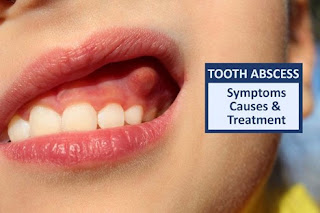Dealing with Melasma: Skincare Tips for Flawless, Even-Toned Skin

Dealing with Melasma: Skincare Tips for Flawless, Even-Toned Skin Melasma, also known as "chloasma" or the "mask of pregnancy," is a common skin condition that causes brown or grayish patches, typically on the face. It mostly affects women and can lead to distress due to changes in skin tone, especially on visible areas like the cheeks, forehead, and upper lip. While it’s not harmful, the impact on a person's appearance can lead to emotional and psychological distress. The good news is that melasma can be managed and sometimes reversed with the right skincare routine and treatment options. In this article, we’ll dive into melasma, explore commonly used treatments in allopathy and Ayurveda, and answer frequently asked questions about the condition. What is Melasma? Melasma is a hyperpigmentation disorder characterized by dark, irregularly shaped patches on the skin. It occurs due to the overproduction of melanin, the pigment responsible for skin color. Me

